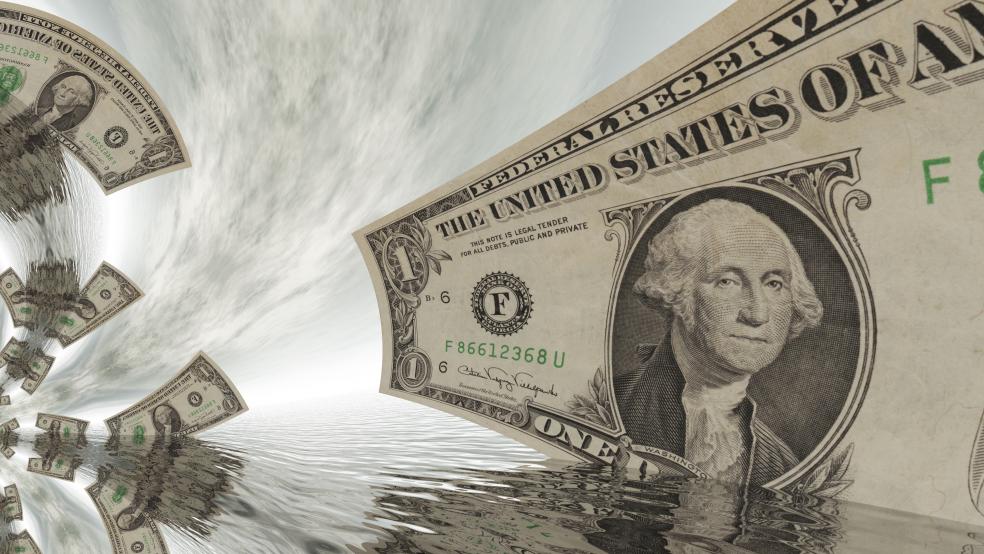If you're like most middle-class Americans, you're probably feeling frustrated right now.
Democrats are still in a post-election funk, shocked that President Donald Trump is in the White House and, based on the findings of the University of Michigan sentiment survey, bracing for a new economic recession. Republicans are no doubt frustrated by a lack of progress on health care and tax reform, apparent infighting in the West Wing and, for many Trump supporters, the specter of another round of foreign policy adventures.
Above it all, workers of all political stripes must be frustrated by the fact that the economic expansion has yet to deliver the kind of wage gains that have been long promised. That, to individual Americans, is the ultimate measure of whether the economy is "good" or not. Despite an unemployment rate that has fallen to just 4.5 percent (lowest since May 2007), wage gains remain lukewarm.
Related: How Much Money It Takes to Be in the Top 1% In Every State
No wonder the post-election ebullience hasn't translated into "hard data" gains in terms of things like auto sales or GDP growth. Indeed, the Atlanta Fed's GDPNow real-time estimate of first-quarter growth stands at just 0.6 percent.
What, exactly, is it going to take to get take-home pay moving higher?
Deutsche Bank economist Joseph LaVorgna says the problem is that ongoing labor market slack may not be fully captured by the data. Federal Reserve Chair Janet Yellen echoed this sentiment in a speech in Michigan on Monday, noting that the decline in the labor participation rate might be a hidden unemployment measure since these folks could, conceivably, reenter the workforce once they see upward pressure on wages.
Thus, LaVorgna believes the unemployment rate will need to fall even further to get wages to move meaningfully. Back in 2007, when the unemployment rate was last at current levels, average hourly earnings were growing at a 3.5 percent annual pace, compared to just 2.7 percent now. Moreover, the current pace represents a slight decline from this cycle's peak wage growth of 2.9 percent seen in December.
Related: The Most Overpaid CEO in America
One clue to the lingering labor market slack could be the broader U-6 measure of unemployment, which includes those working part-time but desiring full-time work as well as other marginally attached workers. This unemployment rate stands at 8.9 percent now vs. 8.2 percent in May 2007.
US Unemployment Rate data by YCharts
Finally, the lack of labor productivity growth means that businesses are resisting wage gains as much as possible right now in an effort to protect profit margins. Economy-wide measures of corporate profits have stalled over the past couple of years, forcing company executives to get increasingly creative with their accounting trickery — via pro forma "adjusted" earnings — to meet Wall Street's quarterly expectations game.
Related: The Bull Market’s Big Challenge — Corporate Profits Have Stalled
Over the last five years, nonfarm business productivity has grown at just a 0.7 percent annualized rate — the weakest performance since 1982. Compare this to the 2.2 percent annualized rate posted in the five years ending in 2007.
Thinking optimistically, here's how things need to play out: LaVorgna believes the narrow U-3 unemployment rate will need to fall to 4 percent or below for average hourly earnings growth to accelerate to the 3 percent to 4 percent range, where most American workers would finally start to feel good about their income gains. Productivity growth would likely follow, since businesses would be forced to invest in labor-saving technology to minimize the hit to the expense line.







